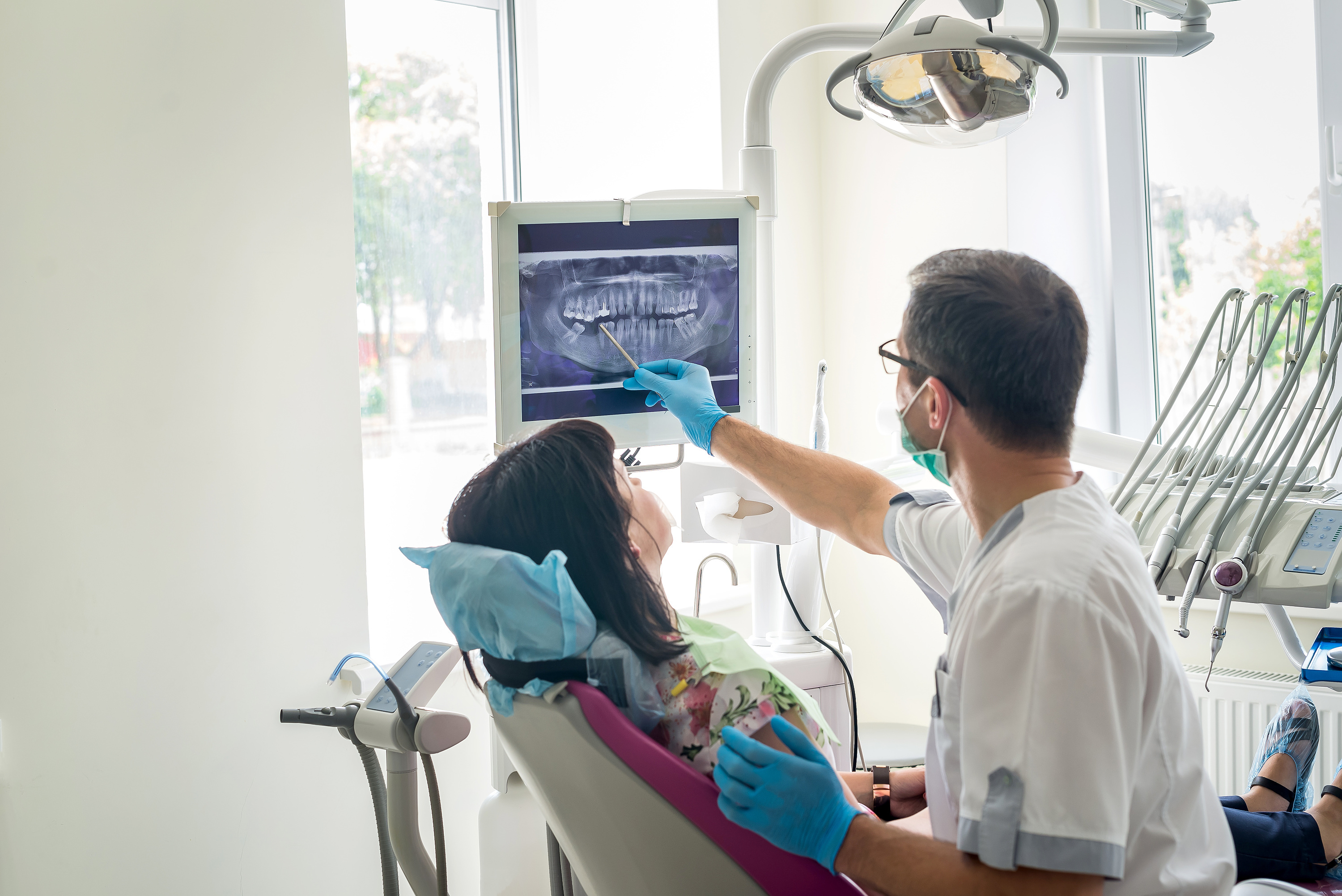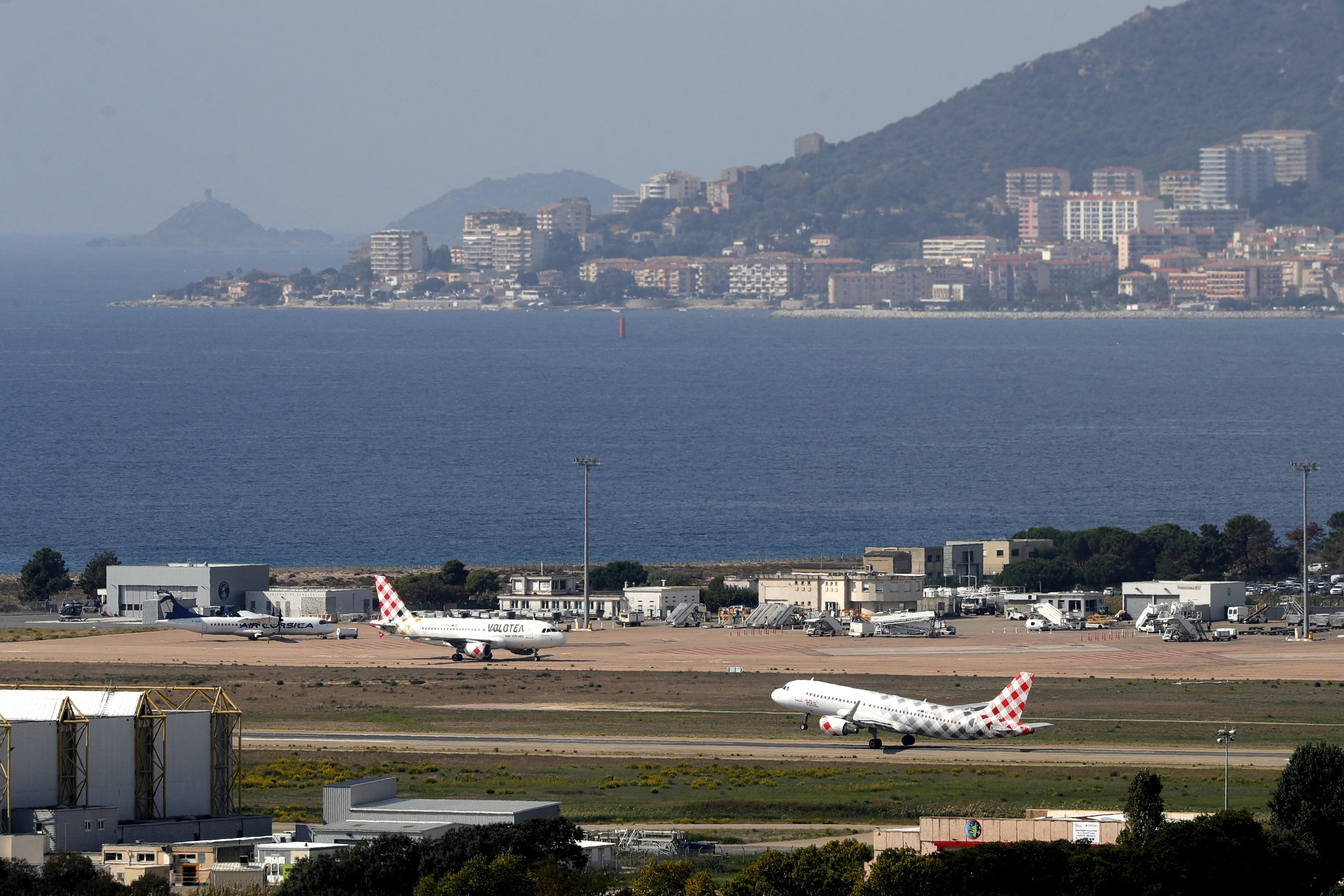MORE INFORMATION
“The oppositions do not serve to ensure good teaching”, The Ministry of Education wants to introduce the assessment of teaching staff in the schoolIn Spain, graduating more teachers than the market can absorb. Public and private universities of the different autonomous communities offer a 50,5% more squares than the jobs that are created, as has alerted the Conference of Rectors of Spanish Universities (CRUE) in its latest report, The university in figures, of the course 2016-2017, presented this Wednesday. This is the first time that this agency calls the “responsibility” of the universities themselves to address the “mismatch” between supply and demand in that profession. The autonomous communities hold the number of seats despite the fall in the birth rate.
The report points to large differences between communities: Castile and Leon "is the most is exceed" with a number of places that nearly doubles their employment needs real (186%), followed by La Rioja (174%), Extremadura (135%) and Aragón (124%), among others. On the opposite side, there are only two regions in which the supply of university seats is below the demand of the market: Catalonia, with a -6,53% and the Balearic islands, with a -9,30%.
The TRIB blamed the problem on the past decade and considers that such a professional profile —graduate in Master in early Childhood Education and Elementary— is “saturated”. For this reason, urges the powers to analyze the situation, taking into account that the squares are financed with public money and with the “effort” of the “taxpayers”.
Spain needs to 369.000 teachers, according to the study, which has taken into account the birth rate average for the last 10 years. If the percentage of teachers that, according to the calculation of the CRUE, it is of 50,5%, is that Spain is forming to 555.345, therefore sobrarían 186.345. According to the report, the public universities are to 514.500 teachers. “You have to be realistic with the situation that we have. The State does not provide for universal education of zero to three years and there's no need so many teachers”, indicates Juan Hernandez, a professor of Economics at the University of Jaén and co-author of the study. In his opinion, a possible solution would be for the regions to agree with the universities to reduce the number of places. In any case, believes that the Ministry of Education must make a diagnosis, to then propose solutions.
at the moment, Catalonia is the only community that has faced the problem and in the last four years has reduced by 15% the number of seats that are offered in teaching, both in public and in private. The inter-University Council of Catalonia (CIC) —where are represented the 12 universities of the region, and the Government— decided to also implement a test for the access to the degrees of Master, in addition to the selectivity. Another of the measures to control the number of seats was not to allow the Universitat Oberta de Catalunya (UOC), online, impart the degree. “According to the calculation that we did, the reduction should be 30%, but you can't do blow,” says Miquel Martinez, CIC, and professor of the University of Barcelona.
To calculate the excess of graduates by region, the rectors have analyzed the data of birth and schooling needs. "In the last 40 years, there has been a fall of more than 10 points in the crude birth rate, passing 18.7 children per 1,000 population to 8.4," the study says. These calculations are sum of the replacement rate for retirement and the replacement by low.
Ana Martin, 31 years old, is one of those affected. “If I get to know, I choose another career” she says. Graduated in early Childhood Education in 2012, has been submitted on three occasions to oppositions and still have not called. In Madrid, is the number 2.634 on the waiting list. His score was 7.5 out of 10. While working at a supermarket full-time and earn a few thousand euros.
“it Is important that we get agreement on the regulation of the number of seats that we offer. We need to train fewer teachers, and with higher quality programs,” says Carmen Fernández Morante, dean of the Faculty of Education of the University of Santiago and president of the Conference of Deans of the Faculties of Education, which is already months ago that discussed the topic but still don't have solutions on the table.
The profession of a teacher, denounced the report, can not be exercised “in different societies to the Spanish by the dependence that the process of learning of the language that is linked to the student”. Employability “is reduced to a minimum” when they do not get a square teacher, continues the document.
The CRUE, which brings together the bulk of public and private universities, is especially critical of the latter. He points out that the problem is due, in large part, to the graduates of the centres attached to public universities, “especially”, to the private. “Causes an increase of the teachers, which exacerbates the gap between the demand and supply of employment, which is affecting half of the graduates, that they may not exercise”.
On the profile of the students of the Magisterium, the presence of students from low-income families, since 69.5% of them requested a grant in the course 2016-2017 front to the tune of 58.1% of the average of the other races. It is a degree completed predominantly by women: 76.2% in the faculties of public and 77.8% in the private. The rate of academic performance of the students was 12 points higher than the average in the rest (89,6% compared to 78,6%), and the dropout rate did not reach the two digits (9% versus 17.8%). The graduation rate is exceeded by more than 20 points to the one obtained for the set of university courses (70,8% compared to 49.3%).
the Impoverishment of the recipients
The economic capacity of the recipients continues to the low. "More fellows, more impoverishment and less budgetary allocation," the report says. The number of students of bachelor and master who received any type of grant from the Ministry of Education in the course 2016-2017 increased by 7.4% in relation to the 2010-2011 academic year, passed of 18.6 to 22% of the total (21.836 students). Funds for college scholarships declined by 13.5% (from 943 to 815 million euros). The allocation per student fell from the 2.331 € 1.757, a decline of 24% in the academic year 2011-2012 the course 2016-2017.
Spain, among the countries with the highest rates
In the course 2017-2018, Spain continued among the countries of the European Union with the tuition fees in public higher: the price of the master was the third most expensive behind the Uk and Latvia, while that of the degrees held the sixth place —behind countries such as Italy, Hungary or the Netherlands. This situation is maintained despite the reduction in the cost of tuition fees approved the last course in regions such as Catalonia and Madrid, which are among the most expensive.
The 70% of Spanish students do not receive aid. Inequalities "relevant" of students in relation to the regions of origin began to register in the academic year 2012-2013, the report indicates.

 His body naturally produces alcohol, he is acquitted after a drunk driving conviction
His body naturally produces alcohol, he is acquitted after a drunk driving conviction Who is David Pecker, the first key witness in Donald Trump's trial?
Who is David Pecker, the first key witness in Donald Trump's trial? What does the law on the expulsion of migrants to Rwanda adopted by the British Parliament contain?
What does the law on the expulsion of migrants to Rwanda adopted by the British Parliament contain? The shadow of Chinese espionage hangs over Westminster
The shadow of Chinese espionage hangs over Westminster What High Blood Pressure Does to Your Body (And Why It Should Be Treated)
What High Blood Pressure Does to Your Body (And Why It Should Be Treated) Vaccination in France has progressed in 2023, rejoices Public Health France
Vaccination in France has progressed in 2023, rejoices Public Health France Food additives suspected of promoting cardiovascular diseases
Food additives suspected of promoting cardiovascular diseases “Even morphine doesn’t work”: Léane, 17, victim of the adverse effects of an antibiotic
“Even morphine doesn’t work”: Léane, 17, victim of the adverse effects of an antibiotic Collection of booklet A stalls in March
Collection of booklet A stalls in March Kering expects a 40 to 45% drop in operating profit in the first half
Kering expects a 40 to 45% drop in operating profit in the first half Smartphones, televisions, household appliances… MEPs adopt a “right to repair”
Smartphones, televisions, household appliances… MEPs adopt a “right to repair” Fintechs increasingly focused on business services
Fintechs increasingly focused on business services The standoff between the organizers of Vieilles Charrues and the elected officials of Carhaix threatens the festival
The standoff between the organizers of Vieilles Charrues and the elected officials of Carhaix threatens the festival Strasbourg inaugurates a year of celebrations and debates as World Book Capital
Strasbourg inaugurates a year of celebrations and debates as World Book Capital Kendji Girac is “out of the woods” after his gunshot wound to the chest
Kendji Girac is “out of the woods” after his gunshot wound to the chest The Court of Auditors scrutinizes the management and projects of the Center Pompidou
The Court of Auditors scrutinizes the management and projects of the Center Pompidou Skoda Kodiaq 2024: a 'beast' plug-in hybrid SUV
Skoda Kodiaq 2024: a 'beast' plug-in hybrid SUV Tesla launches a new Model Y with 600 km of autonomy at a "more accessible price"
Tesla launches a new Model Y with 600 km of autonomy at a "more accessible price" The 10 best-selling cars in March 2024 in Spain: sales fall due to Easter
The 10 best-selling cars in March 2024 in Spain: sales fall due to Easter A private jet company buys more than 100 flying cars
A private jet company buys more than 100 flying cars This is how housing prices have changed in Spain in the last decade
This is how housing prices have changed in Spain in the last decade The home mortgage firm drops 10% in January and interest soars to 3.46%
The home mortgage firm drops 10% in January and interest soars to 3.46% The jewel of the Rocío de Nagüeles urbanization: a dream villa in Marbella
The jewel of the Rocío de Nagüeles urbanization: a dream villa in Marbella Rental prices grow by 7.3% in February: where does it go up and where does it go down?
Rental prices grow by 7.3% in February: where does it go up and where does it go down? Europeans: “All those who claim that we don’t need Europe are liars”, criticizes Bayrou
Europeans: “All those who claim that we don’t need Europe are liars”, criticizes Bayrou With the promise of a “real burst of authority”, Gabriel Attal provokes the ire of the opposition
With the promise of a “real burst of authority”, Gabriel Attal provokes the ire of the opposition Europeans: the schedule of debates to follow between now and June 9
Europeans: the schedule of debates to follow between now and June 9 Europeans: “In France, there is a left and there is a right,” assures Bellamy
Europeans: “In France, there is a left and there is a right,” assures Bellamy These French cities that will boycott the World Cup in Qatar
These French cities that will boycott the World Cup in Qatar Football: VAFC supporters are ironic after their descent into National
Football: VAFC supporters are ironic after their descent into National Tennis: Carlos Alcaraz should play in Madrid
Tennis: Carlos Alcaraz should play in Madrid Football: victim of discomfort in the middle of a match in mid-April, Evan Ndicka will resume training with AS Roma
Football: victim of discomfort in the middle of a match in mid-April, Evan Ndicka will resume training with AS Roma Ligue 1: PSG almost champion, OM, shock for the C1… 5 reasons to follow an exciting evening
Ligue 1: PSG almost champion, OM, shock for the C1… 5 reasons to follow an exciting evening


















